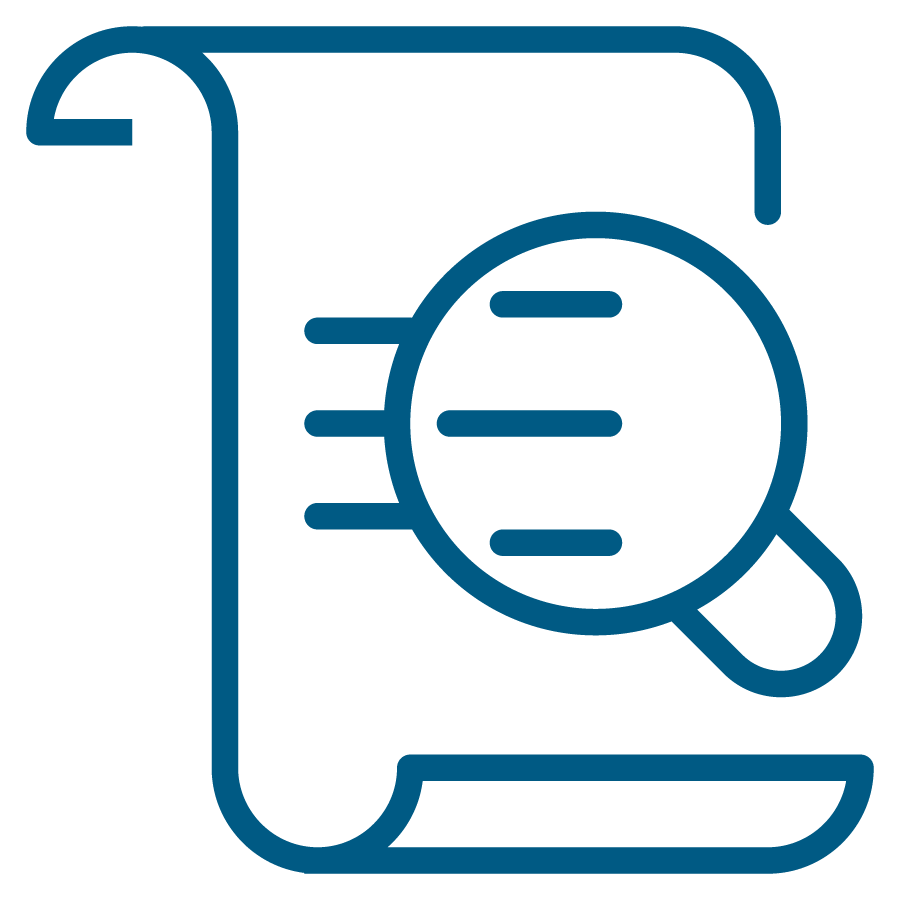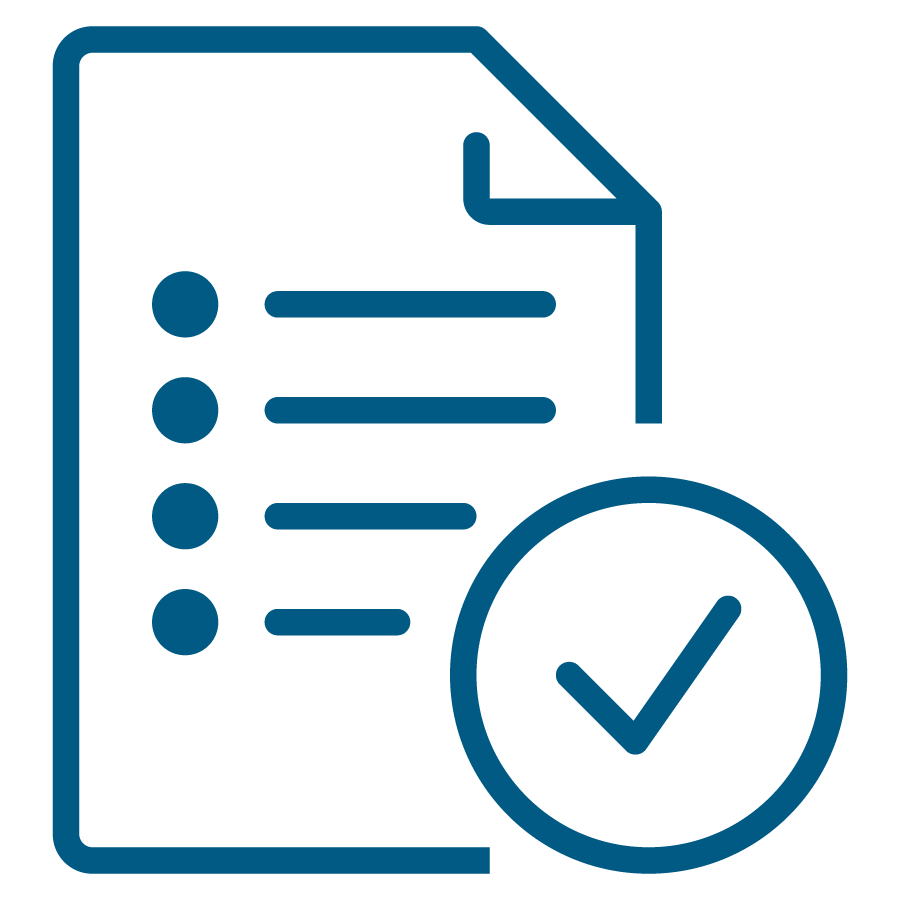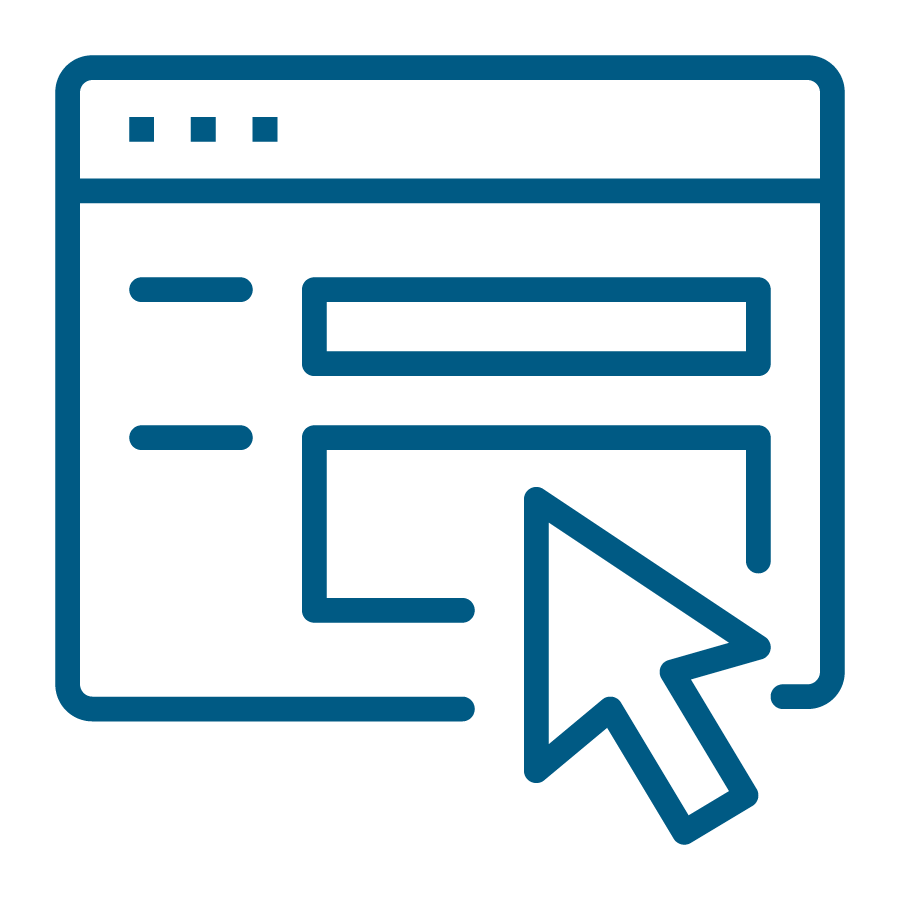Key points from the webinars are provided below:
Webinar 1: Designing a water quality monitoring program
- Be purposeful with water quality monitoring, and design a program with a management objective in mind. It is important to design a program that can measure the effectiveness of water quality management actions, and inform cost-benefit analysis.
- Critical water parameters to monitor include the basic in situ suite of pH, dissolved oxygen, electrical conductivity, temperature, total suspended solids and redox potential. Key nutrients include N, P and dissolved organic nitrogen. Heavy metals can generally be limited to a few key elements, such as iron and aluminium.
- Monitoring of suspected contaminants, such as specific heavy metals, hydrocarbons and pesticides, should be considered based on the site history or current land use. Heavy metal analysis should also include measurement of the hardness of the water, which will influence toxicity.
- Nutrient concentrations can be misleading due to seasonal fluctuations. Calculate the nutrient load instead by measuring flow, or estimating flow based on similar systems and catchments.
- As a general guide, surface water should be monitored regularly during winter, after first flush events, and less frequently over summer. Water samples should be taken immediately after significant events, such as wildlife deaths or algal blooms . Quarterly monitoring of groundwater is generally sufficient.
- The ANZECC & ARMCANZ (2000) Guidelines for Fresh and Marine Water Quality were substantially updated in 2018. Use the latest online version, as they are continually reviewed and modified.
- When considering water quality management options, the source of contamination, expense, maintenance requirements, community perception and Aboriginal heritage should be taken into account.
Webinar 2: Floating islands, drainage socks and wildlife management
- The deliberate introduction of koi and carp in wetlands has been associated with a decline in wildlife due to predation, and wildlife entanglement in fishing lines. Electrofishing is an effective management technique.
- Diseases that have emerged in aquatic birds in recent years include Newcastle Virus Disease and Avian Encephalitis. Strict use of personal protective equipment for staff, and the establishment of an incident management database, is recommended.
- Drainage nets are simple to retrofit, cost effective to purchase, and efficient at capturing up to 90% of gross pollutants such as rubbish and leaf litter.
- Floating vegetated islands improve water quality through the uptake of nutrients by the vegetation, and via the beneficial bacteria on the plant roots.
- Ongoing maintenance of nutrient intervention systems is important to ensure continued effectiveness.
WALGA and New WAter Ways have partnered with Murdoch University Environmental Engineering, Chemistry and Physics departments to facilitate the involvement of student research in Local Government wetland management projects. To submit project ideas, please contact Melanie Davies, WALGA’s Biodiversity and Sustainability Project Officer, on 9213 2065.




